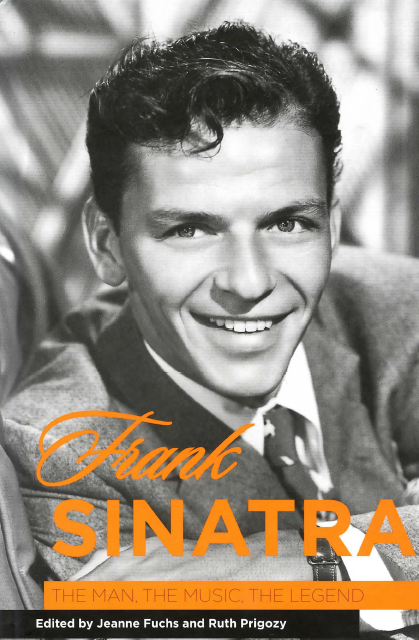4 - Jazzin’ Sinatra: Three “Understated” Arrangers—George Siravo, Johnny Mandel, and Quincy Jones
Published online by Cambridge University Press: 10 March 2023
Summary
Jazz Singing
The debate continues: Was he or was he not a “jazz singer”? Frank Sinatra would never refer to himself as anything other than a saloon singer. Even though Bing Crosby suggested that anyone could sing as he himself did, especially in the shower, Crosby was truly a jazz singer in his phrasing and general approach to a song: smooth and laid back.
So what does “jazz singer” mean? If you put a dozen jazz experts in a room, you would get thirteen definitions, and probably all would be correct. In Sinatra's case, his arrangers helped in no small measure in making him a hard-driving, swinging singer, a musician among musicians. He could not read music well, yet he conducted and sometimes arranged for Dean Martin, Sylvia Syms, and a critically acclaimed collection of Alec Wilder set pieces. Sinatra hummed and pointed and the musicians in the orchestras understood perfectly. His vocal forte was improvising around the melody, more to the point, around the lyrics. His arrangers did the rest: writing for him, if not always around him, leading him.
Arrangers
We are all familiar with Nelson Riddle's subtle punchy smoothness and Billy May's powerhouse swing charts. However, do we remember George Siravo's prescience, let alone how important to Sinatra were his charts? What about how Johnny Mandel really put the jazz imprimatur on the Reprise era with the album Ring-A-Ding-Ding? How influential a figure was Quincy Jones in the repertoire of latter-day Sinatra? These three arrangers gave listeners the impression that Sinatrawas taking the band with him. Utilizing musical understatement, rather than being pushed from underneath, Sinatra was having them along for a joyous ride.
Arranging in and of itself was not important to anyone but other musicians and was rarely spoken of until local or territory bands presaged the swing era in the early 1930s. The arrangers came from within the ranks of the aggregations themselves, a saxophone player, a trumpeter, often the leader, or most often, the pianist. He (in the case of pioneer Mary Lou Williams, she) was rarely mentioned on 78 rpm record labels or on the air. It was radio hookups that propelled those territory bands into national prominence.
- Type
- Chapter
- Information
- Frank SinatraThe Man, the Music, the Legend, pp. 31 - 36Publisher: Boydell & BrewerPrint publication year: 2007



